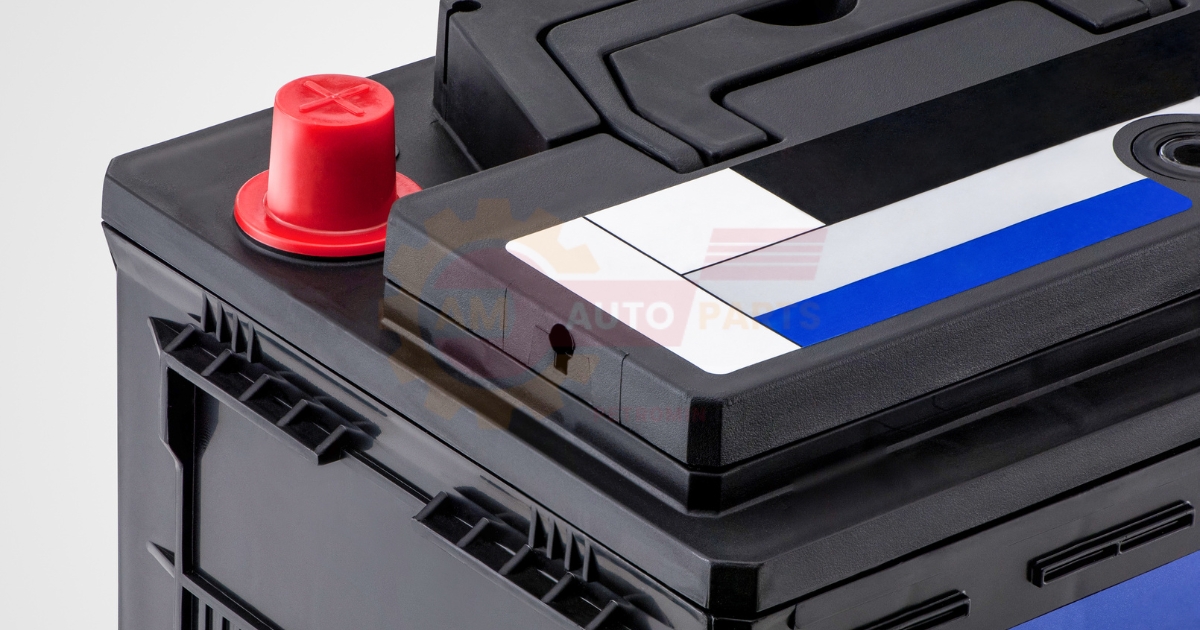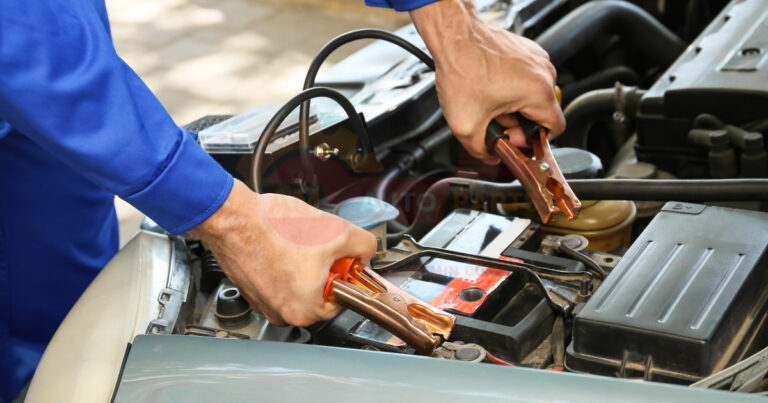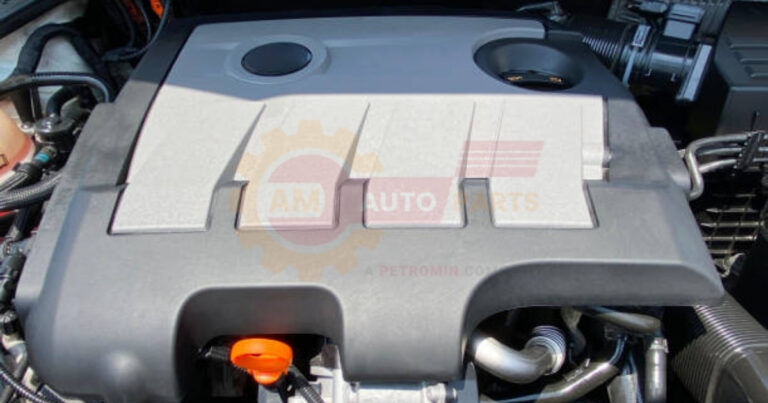What to Do When Car Battery Dies, Charging a Car Battery, and Proper Voltage Levels
Signs of a Dying Car Battery
Slow Engine Crank
One of the first signs of a dying car battery is a slow engine crank. When you turn the key in the ignition, the engine may take longer to start than usual. This sluggish response is often due to insufficient power being supplied by the battery.
- Engine takes longer to start
- Unusual clicking noises
- Frequent need for jump-starts
Dimming Headlights
Dimming headlights are another common indicator of a failing car battery. If you notice that your headlights are not as bright as they used to be, especially when the engine is idling, it could be a sign that your battery is losing its charge.
- Headlights dim when idling
- Interior lights are less bright
- Dashboard lights flicker
Electrical Issues
Electrical issues such as malfunctioning power windows, radio, or dashboard lights can also signal a dying battery. These components rely on the battery for power, and any irregularities can indicate a problem.
- Power windows operate slowly
- Radio cuts in and out
- Dashboard lights are erratic
Steps to Jump-Start a Dead Car Battery
Safety Precautions
Before attempting to jump-start a dead car battery, it’s crucial to take safety precautions. Ensure that both vehicles are turned off and parked in a safe location. Wear protective gloves and eyewear to prevent any accidents.
- Turn off both vehicles
- Park in a safe, open area
- Wear protective gear
Proper Cable Connection
Connecting the jumper cables correctly is essential for a successful jump-start. Attach the red (positive) cable to the positive terminal of the dead battery and the other end to the positive terminal of the good battery. Then, connect the black (negative) cable to the negative terminal of the good battery and the other end to an unpainted metal surface on the dead car.
- Red cable to positive terminals
- Black cable to negative terminal and metal surface
- Ensure cables are secure
Starting the Vehicle
Once the cables are connected, start the vehicle with the good battery first. Let it run for a few minutes before attempting to start the car with the dead battery. If the car starts, let it run for at least 15 minutes to allow the battery to recharge.
- Start the vehicle with the good battery
- Wait a few minutes
- Start the vehicle with the dead battery
Charging a Car Battery Safely 
Choosing the Right Charger
Selecting the appropriate charger for your car battery is crucial. Chargers come in various types, including trickle chargers, smart chargers, and fast chargers. Choose one that matches your battery’s specifications.
- Trickle chargers for slow charging
- Smart chargers for automatic shut-off
- Fast chargers for quick charging
Connecting the Charger
To connect the charger, first, ensure the car is turned off. Attach the positive (red) clamp to the positive terminal of the battery and the negative (black) clamp to the negative terminal. Plug in the charger and set it to the appropriate voltage and amperage.
- Turn off the car
- Attach clamps to battery terminals
- Set charger to correct voltage and amperage
Monitoring Charging Progress
While charging, it’s essential to monitor the progress to avoid overcharging. Most modern chargers have indicators that show the charging status. Once the battery is fully charged, disconnect the charger and remove the clamps.
- Check charger indicators
- Avoid overcharging
- Disconnect charger when fully charged
Optimal Voltage for Car Battery Charging
Standard 12V Battery Charging Voltage
The standard voltage for charging a 12V car battery is between 13.7 to 14.7 volts. Charging within this range ensures that the battery receives enough power without the risk of overcharging.
- Optimal range: 13.7 to 14.7 volts
- Ensures sufficient power
- Prevents overcharging
Factors Affecting Charging Voltage
Several factors can affect the charging voltage, including the battery’s age, temperature, and state of charge. Older batteries may require a slightly higher voltage, while extreme temperatures can also impact the charging process.
- Battery age
- Temperature variations
- State of charge
Overcharging Risks
Overcharging a car battery can lead to severe damage, including overheating, swelling, and even explosion. It’s crucial to use a charger with an automatic shut-off feature to prevent overcharging.
- Risk of overheating
- Potential for swelling
- Use automatic shut-off chargers
Maintaining Car Battery Health 
Regular Voltage Checks
Regularly checking the voltage of your car battery can help you identify potential issues before they become severe. Use a multimeter to measure the voltage and ensure it stays within the optimal range.
- Use a multimeter
- Check voltage regularly
- Identify issues early
Cleaning Battery Terminals
Corroded battery terminals can hinder the battery’s performance. Clean the terminals with a mixture of baking soda and water, and use a wire brush to remove any corrosion.
- Mix baking soda and water
- Use a wire brush
- Clean terminals regularly
Proper Storage Techniques
If you plan to store your car for an extended period, disconnect the battery and store it in a cool, dry place. This helps prevent the battery from discharging and extends its lifespan.
- Disconnect the battery
- Store in a cool, dry place
- Prevents discharge
Troubleshooting Common Car Battery Issues
Corroded Terminals
Corroded terminals can cause poor electrical connections and reduce the battery’s efficiency. Clean the terminals regularly to ensure a good connection.
- Poor electrical connections
- Reduced battery efficiency
- Regular cleaning needed
Parasitic Drain
Parasitic drain occurs when electrical components continue to draw power from the battery even when the car is off. Identify and fix any parasitic drains to prevent the battery from dying prematurely.
- Electrical components draw power
- Battery dies prematurely
- Identify and fix drains
Alternator Problems
A faulty alternator can prevent the battery from charging properly. If you notice that your battery frequently dies, have the alternator checked by a professional.
- Prevents proper charging
- Frequent battery deaths
- Professional check needed
When to Replace Your Car Battery
Age Considerations
Car batteries typically last between 3 to 5 years. If your battery is older than this, it may be time to consider a replacement to avoid unexpected failures.
- Typical lifespan: 3 to 5 years
- Consider replacement after 5 years
- Avoid unexpected failures
Performance Decline
If you notice a decline in your battery’s performance, such as slow engine cranks or frequent jump-starts, it may be time to replace it.
- Slow engine cranks
- Frequent jump-starts
- Declining performance
Physical Damage
Physical damage to the battery, such as cracks or leaks, is a clear sign that it needs to be replaced immediately. Damaged batteries can be hazardous and should not be used.
- Cracks or leaks
- Hazardous to use
- Immediate replacement needed
Understanding Car Battery Types and Their Charging Requirements
Lead-Acid Batteries
Lead-acid batteries are the most common type of car battery. They require a charging voltage of 13.7 to 14.7 volts and should be charged slowly to avoid damage.
- Common type
- Charging voltage: 13.7 to 14.7 volts
- Slow charging recommended
AGM Batteries
Absorbent Glass Mat (AGM) batteries are more advanced and can handle higher charging voltages. They are also more resistant to vibration and have a longer lifespan.
- Advanced type
- Higher charging voltage
- Longer lifespan
Lithium-Ion Batteries
Lithium-ion batteries are less common in cars but are becoming more popular due to their lightweight and high energy density. They require specialized chargers and should not be charged with a standard lead-acid charger. Battery capacity indicator shows how much power is left in your device It helps you know when to charge your Battery lifespan vehicles Electric cars can drive for many years before their batteries need to be replaced which helps save money and is good for the environment
Car battery replacement timing Most car batteries last 3 to 5 years before needing replacement but extreme temperatures and frequent short trips can shorten their lifespan Ideal car voltage A car battery should have about 12 to 14 volts for the vehicle to run properly
Charge depleted battery means your device has no power left You need to plug it in to recharge the Battery selection guide Choose the right battery for your device by looking at size voltage and how long it lasts
- Lightweight and high energy density
- Specialized chargers needed
- Not compatible with standard chargers
Frequently Asked Questions (FAQs)
Can you overcharge a car battery?
Yes, you can overcharge a car battery, which can lead to severe damage. Overcharging can cause the battery to overheat, swell, and even explode. Always use a charger with an automatic shut-off feature to prevent overcharging.
How long does it take to charge a car battery?
The time it takes to charge a car battery depends on the charger’s amperage and the battery’s capacity. On average, it can take anywhere from 4 to 24 hours to fully charge a car battery. Using a fast charger can reduce this time significantly.
What voltage is too low for a car battery?
A car battery is considered too low if the voltage drops below 12.0 volts. At this level, the battery may not have enough power to start the engine. Regularly checking the voltage can help you avoid this issue.






